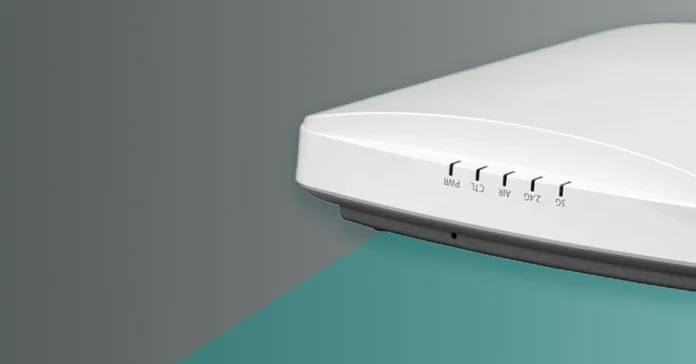Relying on one-time logins and broad network access used to be enough. But with more devices, remote workers, and cloud services, the old way of doing things is showing its cracks. The more open your system is, the easier it becomes for attackers to move around once they get in.
That’s why many businesses are rethinking how they protect their data and systems. The focus is shifting from just keeping bad actors out to also limiting what they can do if they get in. This is where a different kind of security approach is making a difference.
How security is changing
Most systems used to work like a castle with a moat. Once you were past the front gate, you could roam around freely. That kind of access no longer fits how companies operate. People work from home, use their own devices, and connect from public Wi-Fi.
Now, businesses are turning to security models that assume no one should be trusted by default. Even after logging in, each action a user takes is checked. It may sound strict, but it’s a smart way to protect data, apps, and systems from the inside out.
This approach is known as Zero Trust. It works on a few basic ideas: always verify identity, limit access, and keep checking. Instead of giving full access to users once they log in, Zero Trust only gives them what they need—and nothing more.
What makes Zero Trust different
The key difference is how Zero Trust views trust itself. Traditional security often trusts people or devices inside the network. But Zero Trust assumes no one is automatically safe—not users, devices, or even applications.
This changes how networks are built and used. Users are granted access only to what they need for their job. A person in marketing won’t have access to finance systems. A temporary contractor won’t get long-term access to the tools they only need this week. Each request is treated as a possible risk.
To make this work, companies rely on strong tools like multi-factor authentication (MFA), device checks, and real-time monitoring. It’s not about making things harder for users—it’s about making the company safer overall.
Why clear rules matter
One of the most important parts of Zero Trust is writing clear and detailed rules. These are known as zero-trust policies. They decide who can access what, when, and from where. These rules must be specific and based on actual roles and tasks.
For example, a customer support agent might only need access to helpdesk tools and customer info—but not payroll systems. A developer might need access to code repositories but not sales data. Zero-trust policies make sure each person has the right amount of access and nothing more.
These policies also help spot strange behavior. If someone tries to access something they normally don’t, the system can flag it or block it right away. That kind of early warning can stop a breach before it spreads.
Good policies don’t just protect against outside threats. They also help prevent accidental damage from inside the company. A well-meaning employee could delete something important or expose private info by mistake. Policies help keep those mistakes from turning into bigger problems.
Putting the system in place
Adopting Zero Trust doesn’t happen overnight. It starts with knowing what assets you have—files, apps, systems—and who uses them. Then, you build the right tools to manage access and track behavior.
You don’t have to replace everything at once. Many companies start small, applying Zero Trust to a few systems, then grow from there. Over time, this creates a safer and more controlled environment.
Leadership also plays a big role. Teams need training on new rules and tools. IT needs support to manage the extra checks and updates. And everyone needs to understand why this shift is happening—so they know it’s about safety, not just control.
Security that adapts
Threats aren’t going away. If anything, they’re getting more creative. A strong security plan needs to adapt to how people work today. Zero Trust helps by focusing on identity, behavior, and access at every step.
The more your system understands who’s doing what, the better it can protect your business. It’s not about locking everything down—it’s about opening things up in a smarter way.
With the right tools, clear policies, and a steady rollout, Zero Trust can help your business stay safer without slowing people down. It’s a big shift, but it’s worth making.



